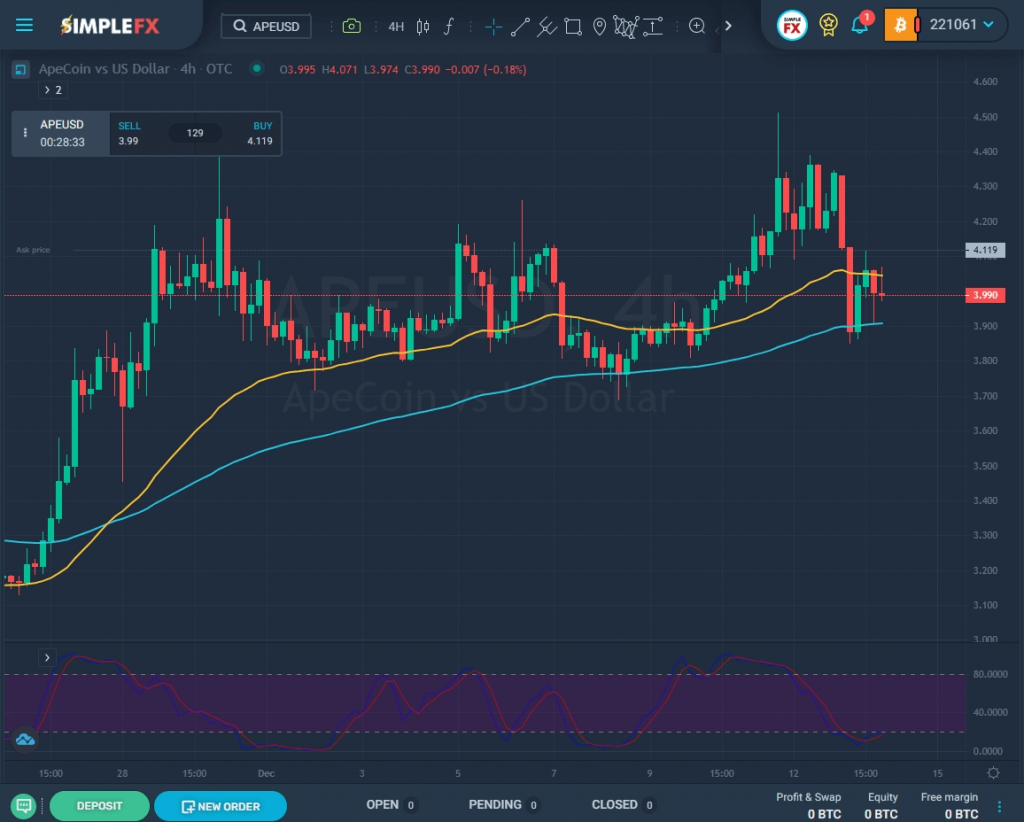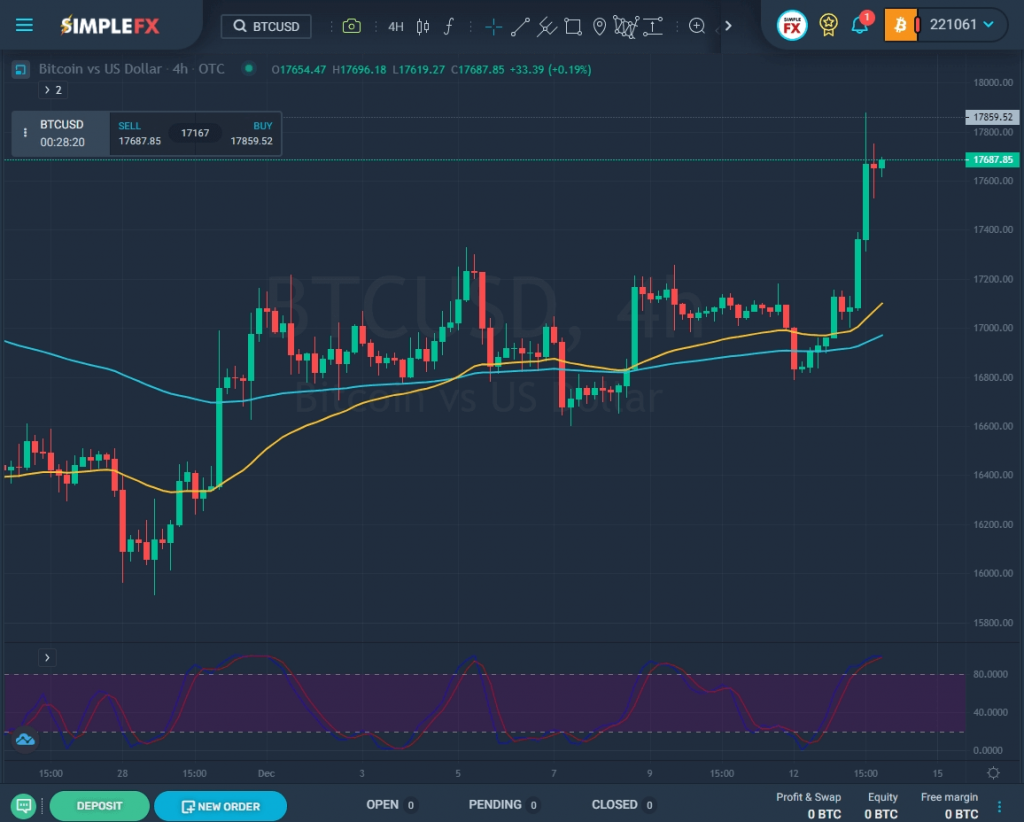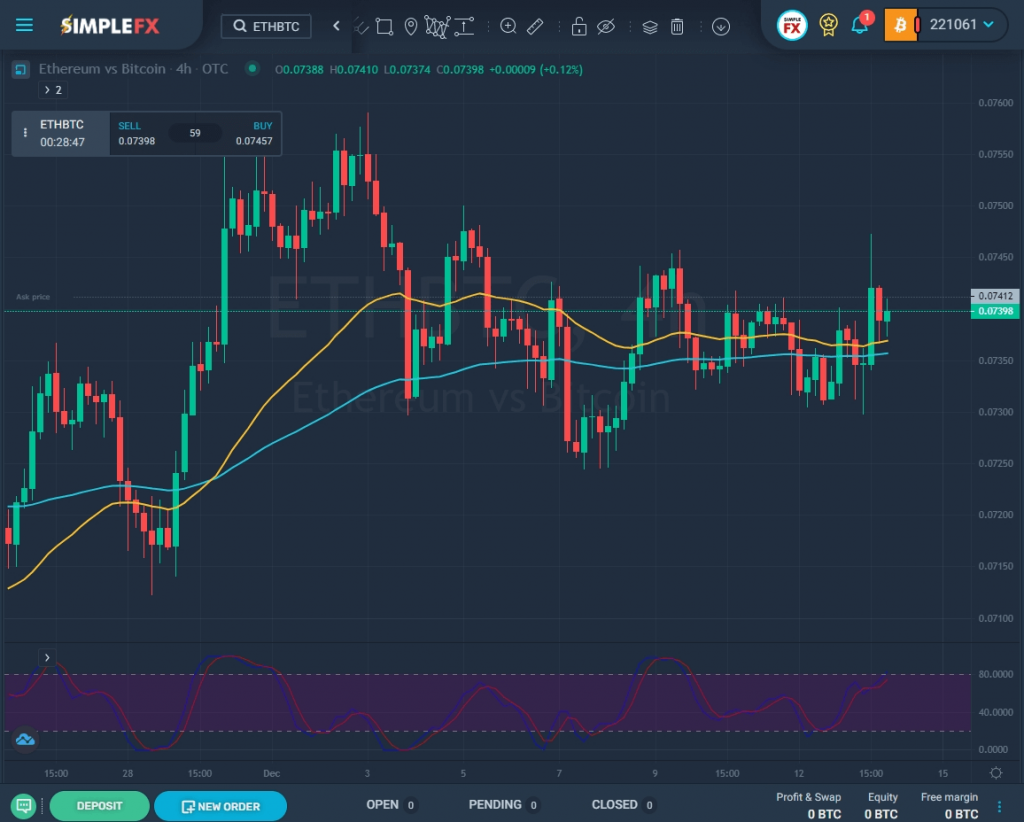The on-chain analysis is the process of assessing market sentiment using data from a blockchain ledger. In further detail, it entails examining transaction information and cryptocurrency wallet balances, which are helpful when determining whether to invest. After all, it’s probably not a brilliant idea to buy a token if it isn’t being exchanged by anybody and the great majority of its active holders—or “whales”—control its entire supply.
Table of contents:
1. On-chain vs. technical and fundamental analysis
When trading cryptocurrencies, like Bitcoin (BTC), Ethereum (ETH), or Binance Coin (BNB), you want to buy at a low price and sell high. How to make the right call for a transaction? In the world of finance, there traditionally there were two main strategies. Technical and fundamental analysis are two different approaches to analyzing financial markets and assets.
1.1. What is technical analysis?
The technical analysis evaluates securities by analyzing market activity-generated statistics such as past prices and volume. Technical analysts use charts and other tools to identify patterns and trends that indicate buy and sell opportunities.
On the other hand, the fundamental analysis evaluates securities by examining the factors that can affect their value, such as:
- company’s financial health,
- management,
- industry conditions.
Fundamental analysts use financial statements and other data to assess a security’s intrinsic value and determine whether it is undervalued or overvalued.
Cryptocurrency offers you a third way – on-chain analysis. Public blockchains are used by the vast majority of cryptocurrencies today to verify and store data. As a result, the data is accessible “on-chain” to anybody, anywhere in the world, at any time. Let’s take a closer look at this unique knowledge.
1.2. What is on-chain analysis (blockchain analysis)?
It is a method of analyzing blockchain data to gain insights into the activity and behavior of blockchain users. Traders can use it to understand various things, such as:
- the flow of funds on the network,
- the popularity of different cryptocurrencies,
- the overall health of the blockchain ecosystem.
Here are some critical points about blockchain analysis:
- It involves studying raw data from the blockchain, such as transaction records and block data.
- It can be utilized to understand the behavior of users on the network, such as the flow of funds, the popularity of different cryptocurrencies, and the ecosystem’s overall health.
- It can be performed using various tools and techniques, such as visualizing data with charts and graphs, applying statistical analysis, and using machine learning algorithms.
- Some popular tools include Glassnode, Blockchain.com, CoinMetrics, and CoinGecko.
- To learn more about this type of analysis, you can check out online resources such as tutorials, blog posts, and forums where people discuss and share their experiences with blockchain analysis.

2. When does the on-chain analysis tell you a cryptocurrency is overpriced?
2.1. The comparison of crypto market capitalization to the value of the assets backs
One way to determine if a cryptocurrency is overpriced using blockchain analysis is to compare its market capitalization to the value of the assets it backs. For example, suppose a certain amount of gold backs a cryptocurrency.
In that case, you can calculate its market capitalization by multiplying the current price of the cryptocurrency by the total number of coins in circulation. Then you can compare that value to the current market value of the gold it is backing. If the market capitalization of the cryptocurrency is significantly higher than the value of the underlying assets, it may be considered overpriced.
2.2. Trading volume and liquidity of the cryptocurrency
You can also look at the trading volume and liquidity of the cryptocurrency. A high trading volume can indicate strong demand for the cryptocurrency, which can drive its price. You can check Bitcoin’s current price by joining the Simple FX Web Trader.

However, the trading volume could be higher, with few buyers or sellers. In that case, it may be challenging to sell the cryptocurrency, which could make it overvalued. Overall, there are several factors to consider when determining if a cryptocurrency is overpriced using on-chain analysis. It is essential to carefully analyze the data and consider multiple factors before deciding.
3. When the blockchain analysis gives me the sign to buy?
Using on-chain analysis, you can look at a few factors to determine if a cryptocurrency is underpriced.
One way to determine if a cryptocurrency is underpriced is to compare its market capitalization to the value of the assets it is backing. For example, suppose a certain amount of gold backs a cryptocurrency. In that case, you can calculate its market capitalization by multiplying the current price of the cryptocurrency by the total number of coins in circulation and then comparing that value to the current market value of the gold it is backing.
A cryptocurrency may be deemed underpriced if its market capitalization is noticeably lower than the value of its underlying assets.
You can also look at the trading volume and liquidity of the cryptocurrency. A low trading volume can indicate weak demand for the cryptocurrency, which can drive down its price. If the trading volume is low, it may be challenging to sell the cryptocurrency, which could make it undervalued.
When figuring out whether a cryptocurrency is underpriced using blockchain analysis, there are several things to consider. It is essential to carefully analyze the data and consider multiple factors before deciding.
4. How to predict Bitcoin price action using the Glassnode site?
For bitcoin on-chain analysis, Glassnode provides incredibly detailed analytics, such as:
- the movements of bitcoin whales,
- open interest in the futures market,
- mining difficulty,
- realized market size.
Some metrics are free for registered users, while others need a subscription.

The Network Value to Transaction ratio is another name. It provides us with the market capitalization ratio subtracted from transactions during a timeframe. The USD market cap must be divided by the daily transfer volume. The NVT ratio can help distinguish between a fall and a reversal after the high.
- In Glassnode, a graph allows you to view the NVT ratio and its trends.
- Glassnode also explains how to compute the NVT Ratio so that anybody can do so easily.
As a replacement for the Transaction Volume statistic, which, according to “ByteCoin” on the BitcoinTalk forum, doesn’t account for data manipulations that occur when one address transfers the same coin around several times, the notion of Coin Days Destroyed (CDD) was put out. One Bitcoin acquired ten days ago would have the same weight as 10 Bitcoin moved today since CDD provides more weight to how long a currency has been stored.
5. How to tell from the on-chain analysis that the whales will sell?
It is impossible to know if and when whales, or large cryptocurrency holders, will sell based solely on on-chain analysis. However, there are a few indicators that you can look for that may suggest that whales are accumulating or distributing their holdings.
5.1. Change in the number of large transactions
One indicator is the change in the number of large transactions involving a significant amount of cryptocurrency. Suppose you see a sudden increase in the number of significant transactions. In that case, it could signify that whales are accumulating or distributing their holdings. Additionally, you can also look at the direction of these transactions.
Suppose the transactions are primarily moving in one direction, from whale wallets to exchanges. In that case, it could indicate that whales are preparing to sell.
5.2. Change in the cryptocurrency’s total supply
Another indicator is the change in the cryptocurrency’s total supply concentration. If the concentration of the total supply decreases, it could be a sign that whales are selling their holdings. You can calculate the concentration of the total supply by dividing the total number of coins held by the top X% of addresses by the total number of coins in circulation. If the concentration decreases over time, it could indicate that whales are selling.
While it is difficult to predict when whales will sell based on blockchain analysis, looking at changes in large transactions and the concentration of the total supply can provide some clues. It is essential to carefully analyze the data and consider multiple factors before making any decisions.

6. Risks and benefits of trading crypto using on-chain analysis
Trading cryptocurrencies with leverage or borrowing money to increase the size of your trade is a helpful way to increase your returns. However, it can also increase your risks. Here are some key points to consider about the benefits and risks of trading cryptocurrencies with leverage and using blockchain analysis to decide when to buy or sell:
6.1. On-chain analysis Benefits:
- Leverage allows you to increase your returns by trading with more money than you have in your account.
- It can provide valuable insights into the behavior of users on the blockchain, such as the flow of funds and the network’s overall health.
- Combining leverage with blockchain analysis can increase your returns while making informed trading decisions based on data and analysis.
6.2. On-chain analysis Risks:
- Leverage can also increase your losses, so it is essential to manage your risk and avoid overleveraging your account carefully.
- It could be a better science, and many factors can influence the behavior of users on the blockchain. It is crucial to carefully evaluate the data and consider multiple factors before making any decisions.
7. How to Trade Crypto Using On-Chain Analysis – A Short Summary
The cryptocurrency market is highly volatile, and prices can fluctuate rapidly. This can make it difficult to predict the direction of prices. It is essential to manage your risk and avoid overtrading.
Overall, trading cryptocurrencies with leverage and using blockchain analysis to decide when to buy or sell is a valuable way to increase your returns. Still, managing your risk and avoiding overleveraging your account carefully is essential.

